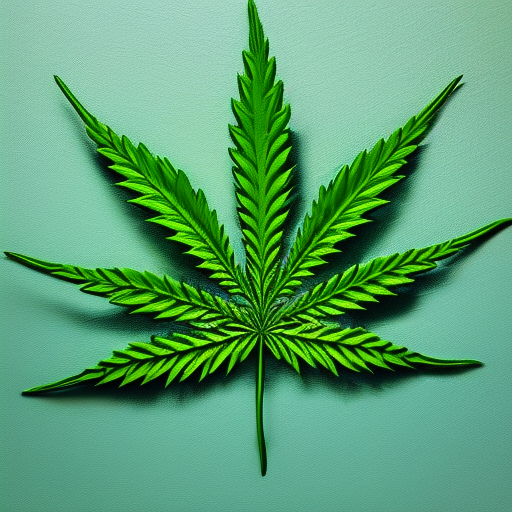
Are CBG and CBN Strains Worth the Increased Cost?
Cannabis has left a lasting impression on society, and its popularity is only increasing. As more people become aware of the plant and its wide range of therapeutic applications, interest in specific compounds, like cannabinoids, is growing. Two of the less-known cannabinoids are cannabigerol (CBG) and cannabinol (CBN), which are gaining recognition for their unique medicinal benefits. These two compounds cost more than traditional strains due to their scarcity and difficulty of cultivation. In this article, we will discuss whether these strains are worth the added expense.
To answer this question, we must first take a closer look at what CBG and CBN are and how they differ from other cannabinoids found in traditional strains. A mature cannabis plant has hundreds of different compounds, further divided into categories like terpenes, cannabinoids, or flavonoids. Every category has distinct properties and impacts on the body as well as potential health benefits. Cannabinoids are just one of many different types of molecules found in cannabis plants that interact with the endocannabinoid system (ECS). The ECS is responsible for regulating many physiological processes such as sleep, appetite, pain perception, mood, and memory.
CBG is considered a “parent” cannabinoid because it is the chemical precursor to several other popular cannabinoids including THC and CBD. It interacts with the ECS by binding to endocannabinoid receptors throughout the body. This interaction appears to have anti-inflammatory effects as well as potential antibacterial properties. CBN is a product of THC degradation which means it can be present in most cannabis varieties but is usually present only in trace amounts. However, some strains specifically bred to produce high levels of CBN are becoming increasingly available on the market. Research suggests that CBN has sedative effects due to its ability to bind to the same receptors that THC binds to but with a much weaker affinity. It also appears to have potential anticonvulsant effects due to its interaction with GABA receptors in the brain.
The key difference between these two compounds and traditional cannabis strains is their concentration levels and availability on the market. THC and CBD are some of the most abundant compounds found in cannabis plants while CBG and CBN appear only in trace amounts or need to be cultivated specifically for high yields of either compound. This scarcity makes them cost more than traditional strains since they require special cultivation techniques or expensive extraction methods that make them commercially viable for consumers.
So now that we understand why these compounds may cost more than traditional marijuana varieties, let’s look at whether they’re worth it or not. While research on CBG and CBN is still preliminary, there is evidence suggesting that both of these compounds could have therapeutic potential in certain areas due to their interactions with the ECS. For example, both appear to have anti-inflammatory properties which could make them useful for treating conditions like arthritis or inflammatory bowel disease (IBD). In addition, their sedative effects could make them useful for treating insomnia or anxiety related disorders while their potential anticonvulsant effects could also help those suffering from epilepsy or other seizure disorders.
Research suggests that these two compounds may also be helpful when used in combination with other cannabinoids like THC or CBD as part of a synergistic effect known as “the entourage effect”. This effect occurs when different compounds interact with each other resulting in enhanced therapeutic effects compared to when they’re used alone. Thus far, research suggests that combining different cannabinoids may be especially beneficial for treating pain management related conditions such as multiple sclerosis (MS), fibromyalgia (FM), or even cancer-related pain.
In conclusion, there’s evidence suggesting that both CBG and CBN can provide therapeutic relief for several symptoms associated with various conditions when used alone or combined with other cannabinoids like THC or CBD due to their interactions with our endocannabinoid system (ECS). Despite being more expensive than traditional cannabis strains due to their scarcity and difficulty of cultivation; this added expense may be worthwhile if you’re looking for specific relief from certain symptoms or conditions without having to deal with any psychoactive side effects from THC-dominant products. Ultimately though; whether these compounds are worth it or not comes down to your own personal situation so speak with your healthcare provider before making any decisions regarding your treatment plan.

